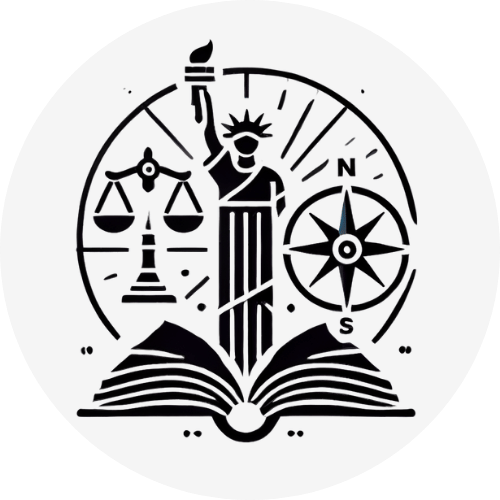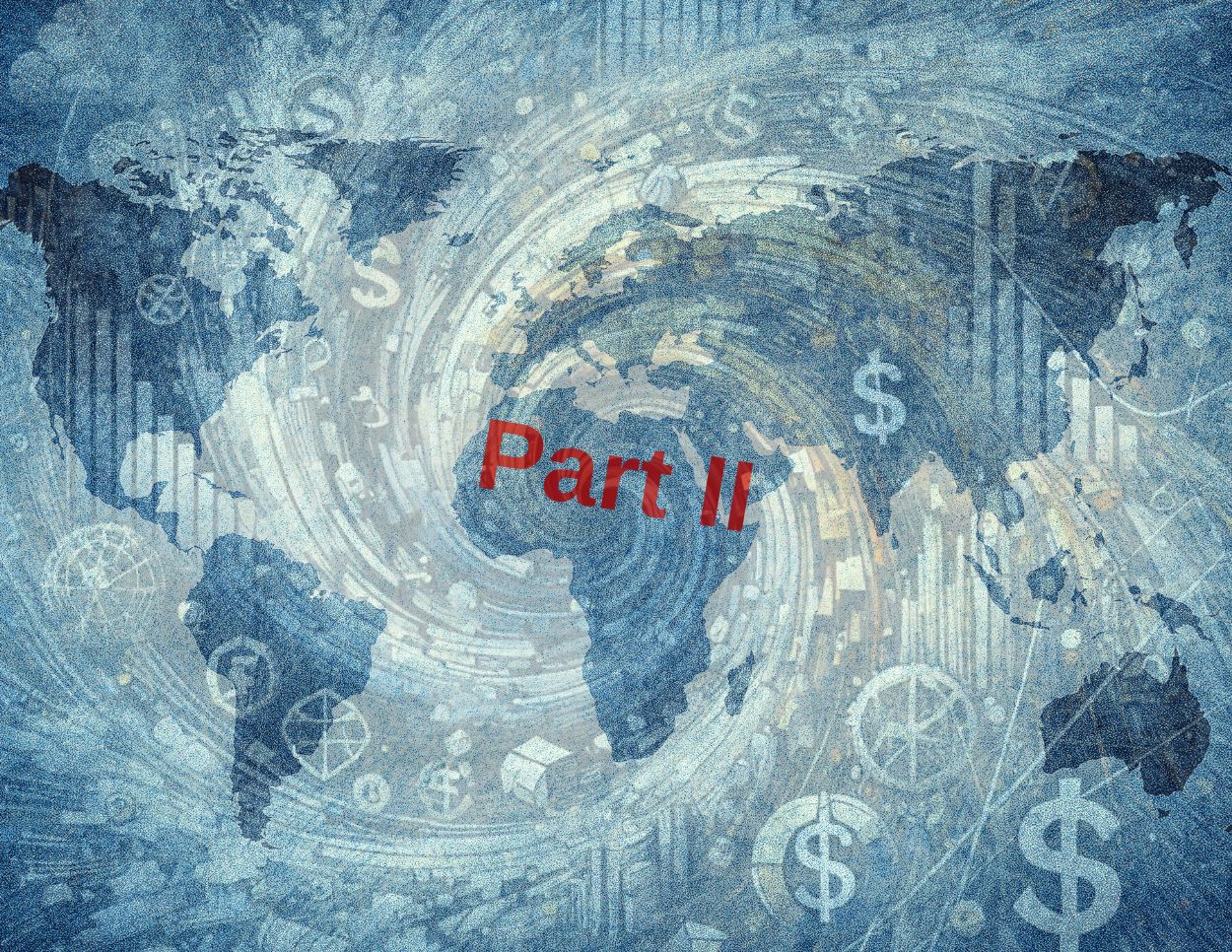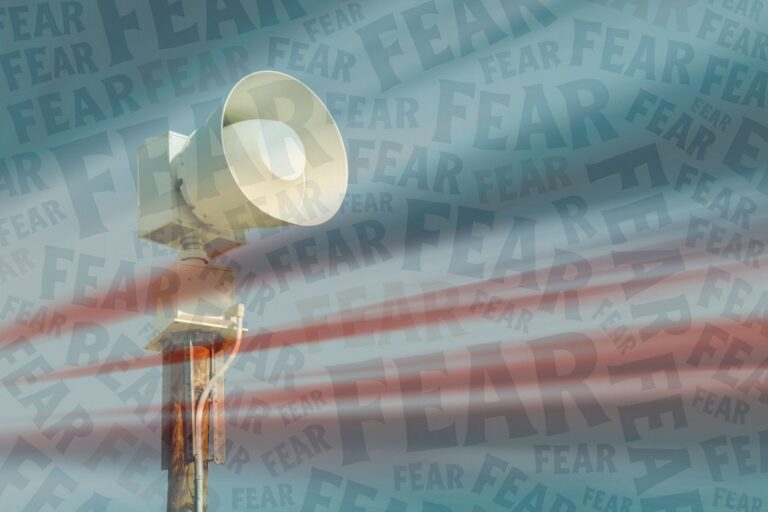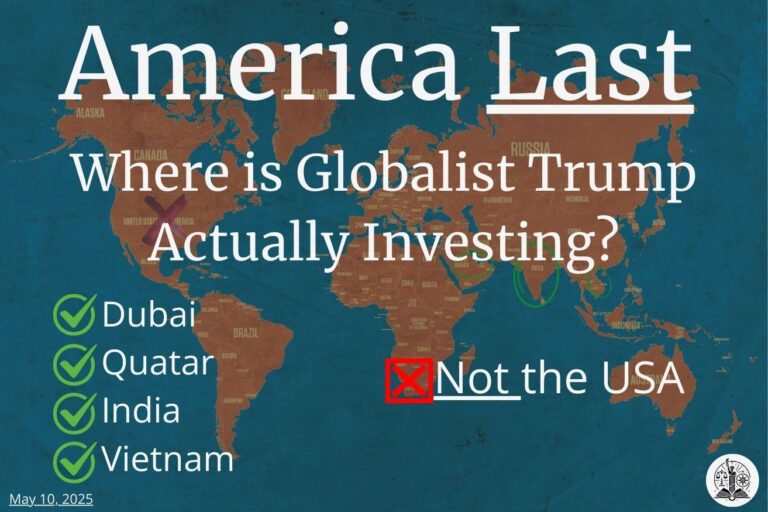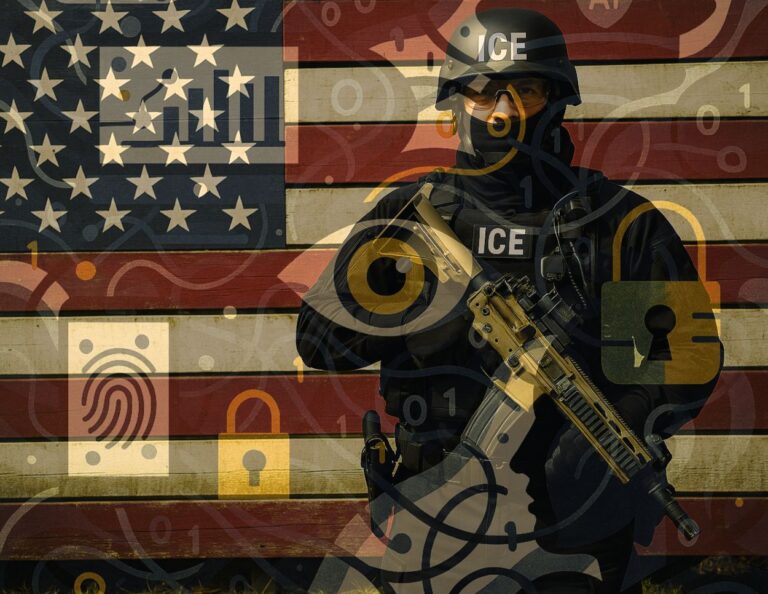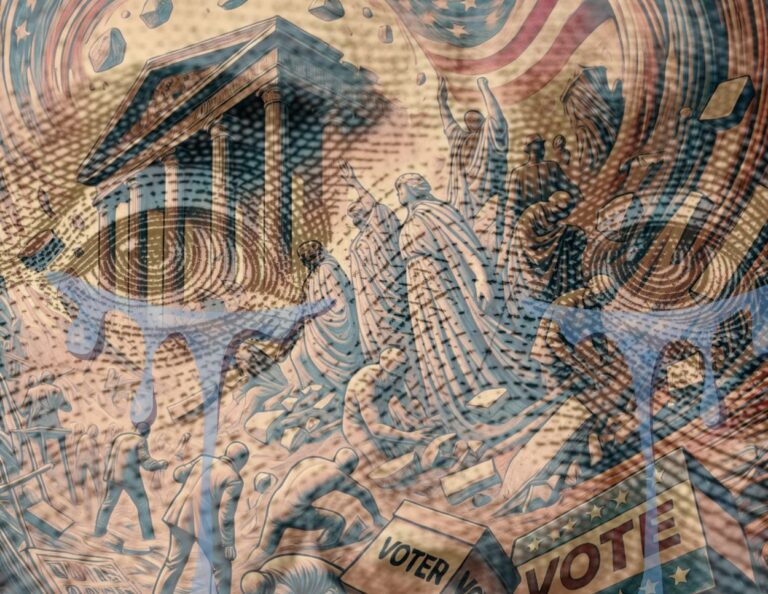The Trade War Strikes Back: Part II – The Self-Inflicted Defeat
First, we lost the trade war with our neighbors. Now we’re losing it with the world.
TL;DR: The numbers were flawed, the logic was political theater, but even that might have been survivable. The real damage came from the instability. No business is going to invest billions when tomorrow’s rules are anyone’s guess. Uncertainty kills investment, and that’s exactly what this trade policy guarantees.
In We’ve Already Lost the Trade War, I laid out how the new administration’s tariff strategy collapsed under the weight of its own chaos. Tariffs were announced, delayed, reintroduced, revoked over the span of a couple of months. The result was paralysis. Businesses froze because no one could make long-term plans on a short-term playing field.
But that was just the opening act.
But then, the damage was mostly regional—focused on Mexico and Canada, the closest trading partners we have. Now the policy has scaled up, and the damage is going global.
The Numbers Were Broken from the Beginning
The administration has framed this new tariff regime as a matter of fairness. “Reciprocal tariffs” sound good in a speech. But the logic used to justify them doesn’t hold up.
These tariff levels weren’t based on what other countries actually charge us. They were based on bilateral trade deficits—how much more they sell us than we sell them. That’s how Vietnam ended up with a 46 percent tariff. Cambodia got 49. Japan, 24. There’s no connection to actual trade policy. Just a formula that punishes countries for selling to U.S. consumers.
A trade deficit is not an injustice. It’s an outcome. One shaped by labor costs, global demand, corporate strategy, and currency policy. Using it as a justification for economic penalties is like fining a grocery store because more customers come through the door than leave with a bag. There are positives, there are negatives. Thoughtful study of all of the mechanisms and ramifications is necessary.
Uncertainty Is the Worst Condition for Business
Even if the theory were sound—which it isn’t—and even if the numbers had merit—which they don’t—no investment happens in a fog. Business leaders don’t just look at today’s policy. They look at the next ten years. They need to know the rules won’t shift halfway through the build.
Uncertainty is the worst possible environment for business. And that’s exactly what this administration has created.
Who’s going to spend five years building a new facility when the tariff rate might disappear next month based on a tangential negotiation, or a foreign business buying a significant amount of Trump’s private crypto-currency? Who’s going to repatriate manufacturing when the definition of “ally” is now on a 24-hour news cycle?
You can’t invest billions on a hunch that policy might hold steady.
The Original Blueprint Was a Fantasy
Peter Navarro—one of the architects of this entire framework—once cited research from “Ron Vara,” a made-up expert he invented to support his views. That tells you everything you need to know about the intellectual foundation of the strategy. The numbers were bad. The framing was fiction. The trust required for buy-in never had a chance to exist.
We’ve hurt ourselves. We’ve hurt our partners. And we’ve sent a clear signal to the world: the United States is not a reliable trade partner.
The Sequel Ends the Same Way
First Mexico and Canada. Now the rest of the world. The second phase of this trade war didn’t correct the first. It expanded the failure. No new manufacturing surge. No wave of jobs. No wave of investment.
And, it’s not coming.
